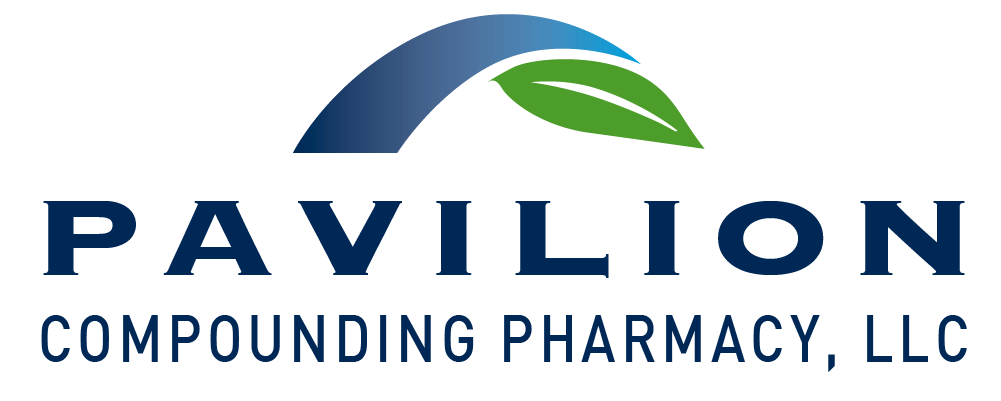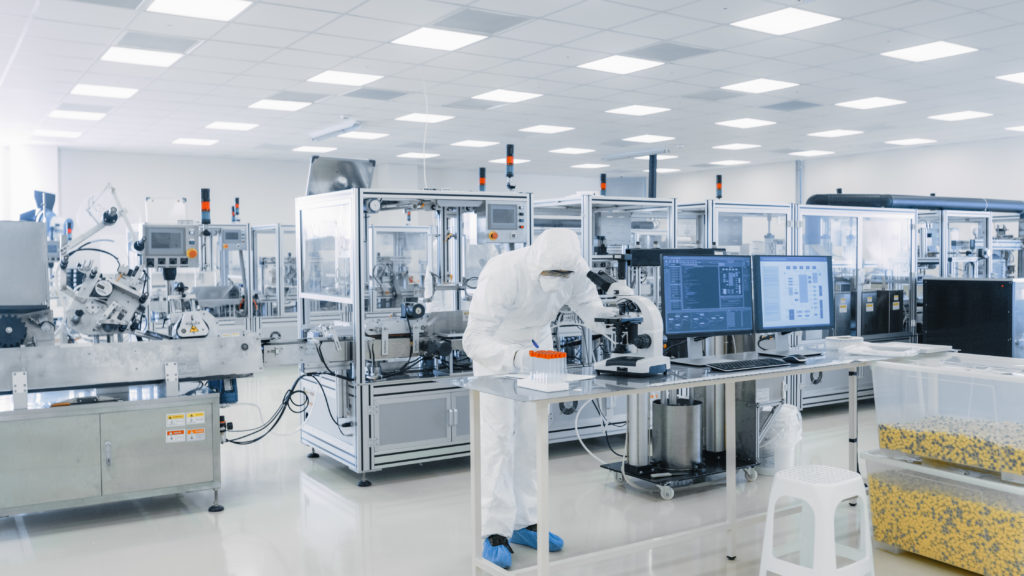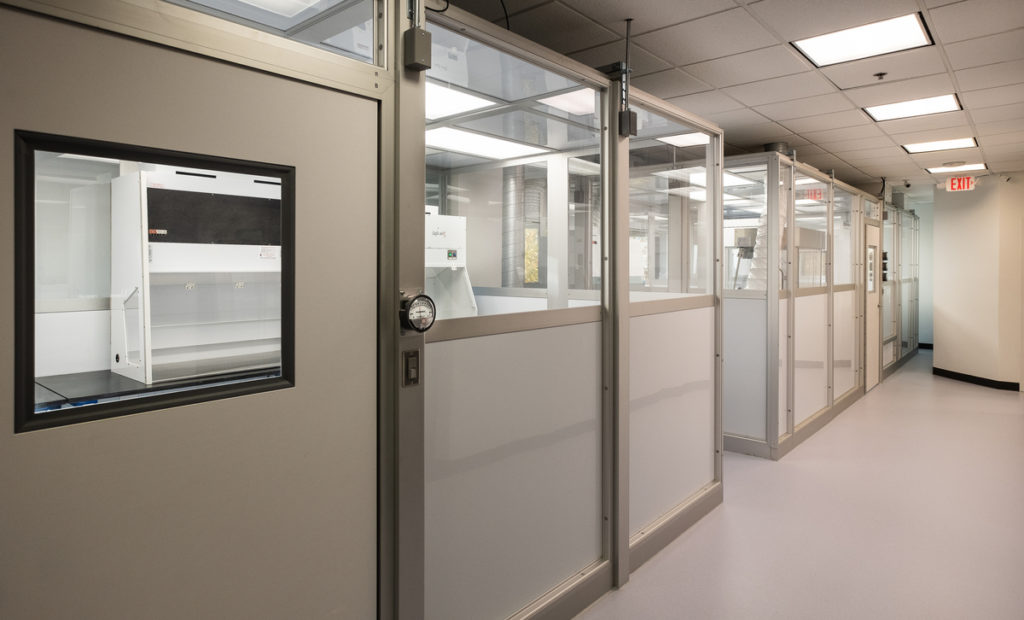With new guidelines issued by the U.S Pharmacopeial Convention (USP) aimed at keeping patients and healthcare workers safe when handling hazardous drugs, many pharmacies and healthcare organizations are left worried with how to remain compliant under USP 800, and what to do if they cannot.
What to Do If You’re Not in Compliance
If you believe your healthcare organization or pharmacy will be unable to meet the new compliance requirements, we urge you to contact our office to learn more about your available options moving forward. We’ve successfully accepted numerous prescriptions transfers from pharmacies unable to meet the compliance changes. We have also partnered with doctors who have been previously mixing hazardous materials in their office or clinic to help maintain their production levels.
The Purpose of USP General Chapter <800> Hazardous Drug Handling in Healthcare Settings
The critical purpose of USP 800, also known as USP General Chapter <800> Hazardous Drug Handling in Healthcare Settings, is to fundamentally change the way the compounding pharmacies and other healthcare professionals handle hazardous drugs. These latest guidelines exist to set the new quality standards that improve and promote the safety of patients, workers, and members of the public who access facilities where hazardous drugs or (HDs) are prepared.
Summarizing USP 800
To identify a definitive list of hazardous drugs, USP considered information provided by The National Institute for Occupational Safety and Health (NIOSH), the federal agency responsible for researching workplace safety, and for making recommendations for preventing work-related injury and illness. To be considered hazardous, NIOSH suggests that a drug exhibits one or more of the following characteristics in animals or humans:
- Carcinogenicity
- Genotoxicity
- Reproductive Toxicity
- Organ Toxicity At Low Doses
- Teratogenicity or Developmental Toxicity
- Structure and Toxicity Profiles of New Drugs That Mimic Hazardous Drugs
The use of handling is described as the receipt, storage, dispensing, administration, and disposal of sterile, and non-sterile, preparations, and products. Handling also covers the compounding of drugs. To see a more robust list of HDs and handling information from the NIOSH, visit here.
USP 800 Compliance Measures
USP 800 was originally published on February 1st, 2016, with an expected implementation date of December 2019. In addition to these changes, USP released several new and revised compounding standards. Additionally, USP issued the final revised version of chapter <797> (Pharmaceutical Compounding of Sterile Preparations) to accompany chapter <800>. Due to pending appeals holding up the implementation date of <800> and <797>, <800> remains informational until the resolution of current existing appeals. With that being said, we are confident that <800> will go into full-effect sometime in 2020, so it is crucial to begin working towards these changes.
Many state boards of pharmacy, including California and Minnesota, implemented some or all of the USP <800> regulations before the December deadline. Other states, such as Michigan and Washington, enacted their own HD regulations prior to the publication of USP <800>.
Who is Impacted by USP 800?
Chapter <800> applies to all healthcare personnel handling HD preparations, as well as any entities that store, prepare, transport, or administer hazardous drugs.
These changes most directly impact pharmacies, patient treatment clinics, hospitals, and other health care institutions, physicians’ practice facilities, and veterinary offices.
Tips for Remaining Compliant
To remain compliant with USP 800, existing workplaces must maintain an internal list of hazardous drugs used in their facilities and review it annually. To maintain compliance, manufacturers, and healthcare facilities are required to identify drugs that they handle, implement Safety Data Sheets (SDS), and segregate non-hazardous and hazardous drugs in order to prevent cross-contamination.
New hazardous drugs or dosage forms used in the workplace must be reviewed against the organization’s internal list using the criteria provided by NIOSH.
In addition to maintaining the aforementioned lists, operating facilities are required to perform an annual Assessment of Risk for all HDs dispensed from retail and long-term care pharmacies.
Risk assessments should cover the following:
- Type of Hazardous Drug (e.g., antineoplastic, non-antineoplastic, reproductive risk only)
- Dosage Form
- Packaging
- Manipulation
While conducting risk assessments, pharmacies must document any available alternative containment strategies and procedures used for specific dosage forms to minimize the risk of occupational exposure.
Maintaining Facility Compliance Under USP 800
In addition to the new procedural rules associated with USP 800, many pharmacies face changes that impact more than just workflows. These new standards will require many pharmacies to implement facility renovations and the adoption of new equipment. Some of these required implementations include negative-pressure, externally-exhausted cleanrooms, and hoods.
Pavilion Compounding Pharmacy built out a brand new, state of the art, fully-compliant USP 800 lab. Construction of our new labs started in December 2017 and was completed in November 2018. Our new, multi-million dollar facility was engineered and constructed to meet all USP 795, 797, and 800 requirements for non-hazardous, hazardous, sterile, and non-sterile compounding.
USP 800 is an expensive and complicated lab design. Our non-sterile hazardous lab is an externally vented room. USP 800 requires that this room’s air is exhausted to outside the building. This can provide challenges for many pharmacies, as many are located in the basements of large medical facilities. The room also undergoes 30 air changes per hour. The isolator hoods, where manipulations take place, are also externally vented to the outside and each through their own independent ductwork.
Pavilion’s sterile cleanroom is comprised of 3 separate individual rooms. All rooms within the cleanroom space have at least 30 air changes per hour. The rooms are all under HEPA filtration and maintain ISO 7 or better air cleanliness. The anteroom and sterile non-hazardous buffer room are both positive pressure, while the hazardous buffer room is under negative pressure. The air in the negative pressure lab, as well as the powder hood and ISO 5 isolator unit, are all externally vented. Our cleanroom is equipped with 3 ISO 5 compounding isolator hoods.
Balancing the proper air pressures and air changes between these three independent rooms is very challenging and complex. Pavilion worked with a Mechanical Engineer, Professional air balancer, HVAC supplier, and design consultants to build a room that maintains compliant with USP 800.
Pavilion Compounding Pharmacy Meets USP 800 Compliance Requirements
In preparation for the new compliance requirements, Pavilion Compounding has invested in a new laboratory that fully-adheres to all the new standards set by USP 800. In an effort to keep patients, healthcare workers, and all other safe, we invite pharmacies that are unable to meet these requirements, learn more about how we can help your business and your patients.
Contact us today to learn more about our preparations, how to work toward compliance, and how you can partner with our team to maintain your production and patient-care efforts.







